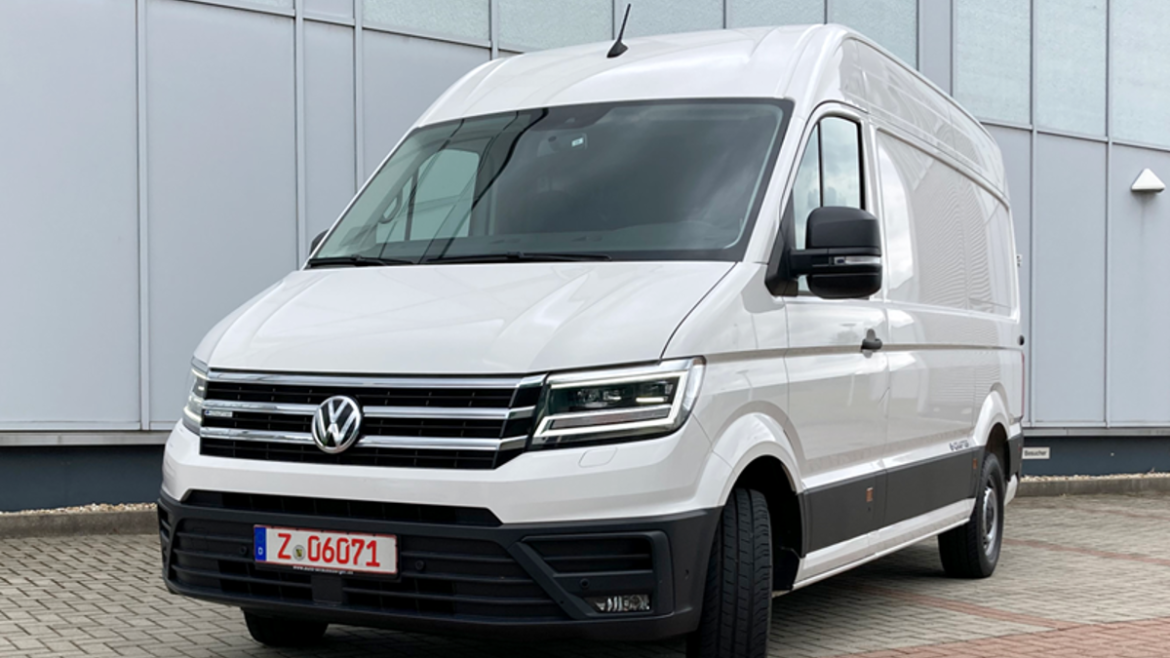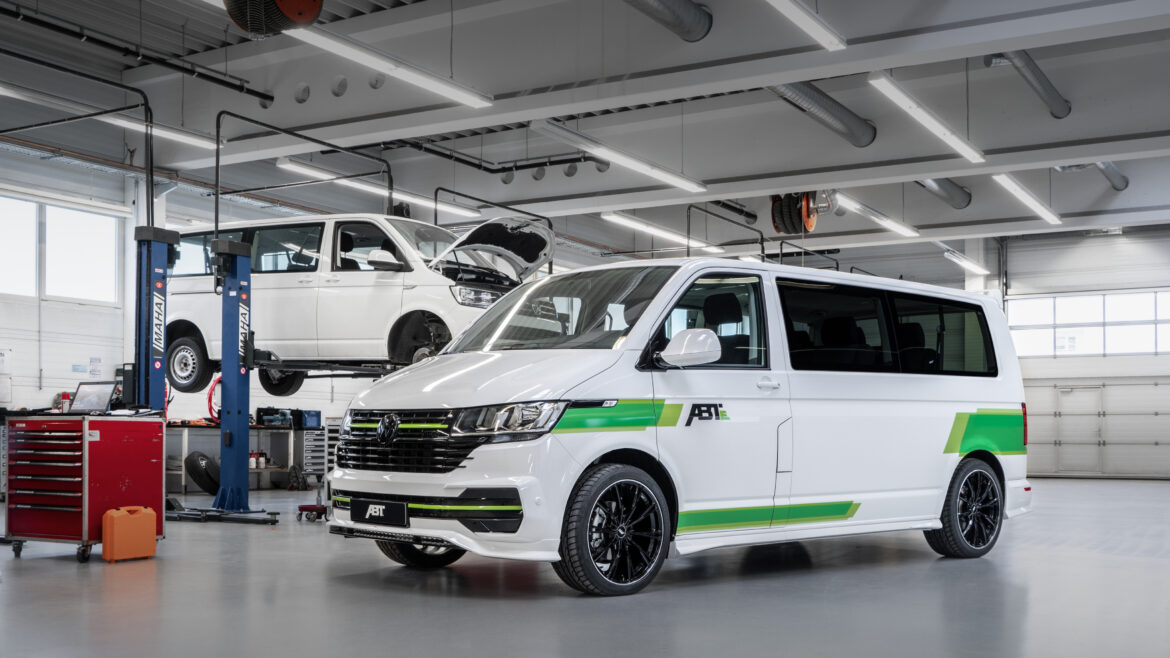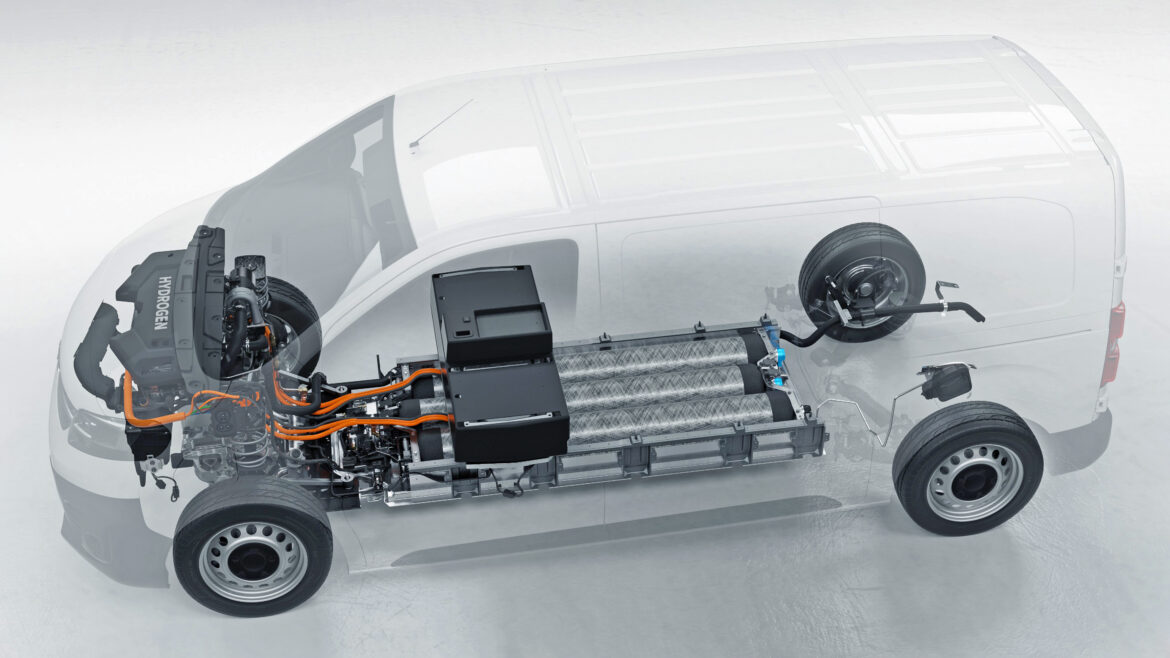Road vehicles, which are used commercially, are subject to high demands by their users. Here in particular, many challenges arise for alternative drive systems. However, it is precisely in this field of application that the fuel cell can show its full potential. The combination of long ranges, short refueling times and customary payloads make fuel cell-powered commercial vehicles a viable alternative for the future, both in freight transport and for special applications. To make these applications even more effective and efficient, research and development is working on optimizing and demonstrating this technology. This makes it possible to place competitive solutions on the market and thus actively participate in the transformation of the transportation landscape today.
Commercial vehicles in the N1 category are frequently used in urban areas. Especially here, the reduction of pollutant and noise emissions is a top priority. Fuel cell vehicles meet these requirements and were proven to be extremely flexible in their application. However, as in other vehicle areas, there is enormous potential for further optimization. Above all, high demands on installation space and total weight are decisive questions that must be answered.
The EC vehicle classes N2 and N3 are most frequently used in regional and distribution services. This is one of the transport sectors with the highest requirements and obstacles when it comes to decarbonization. But it is also where the greatest opportunities and potential for reducing emissions can be found. The most critical characteristics, such as range, payload, and refueling time, are comparable to those of a diesel vehicle. The task here is to build on existing strengths, particularly through further innovations and the gathering of experience from demonstrations.
In the area of special-purpose vehicles, there are many applications that need to be decarbonized. The most common of these are municipal vehicles such as sweepers and waste collection vehicles. Although these vehicles do not cover long distances, they also emit an enormous amount of exhaust gases in urban areas due to their energy consumption. This makes it particularly important to further develop fuel cell alternatives and bring them into use.






